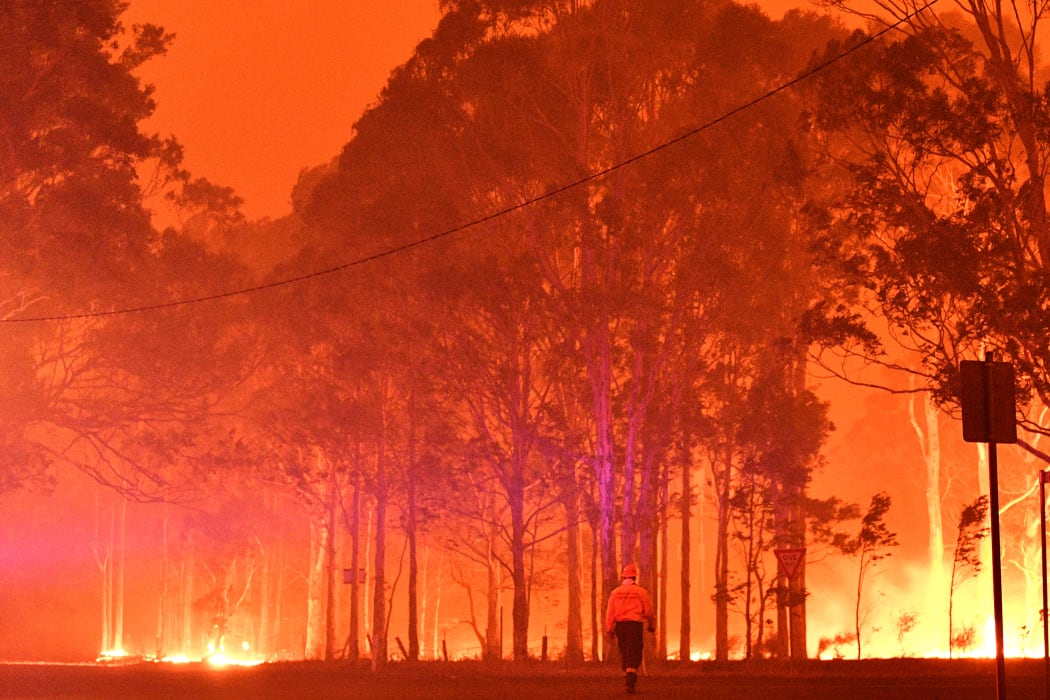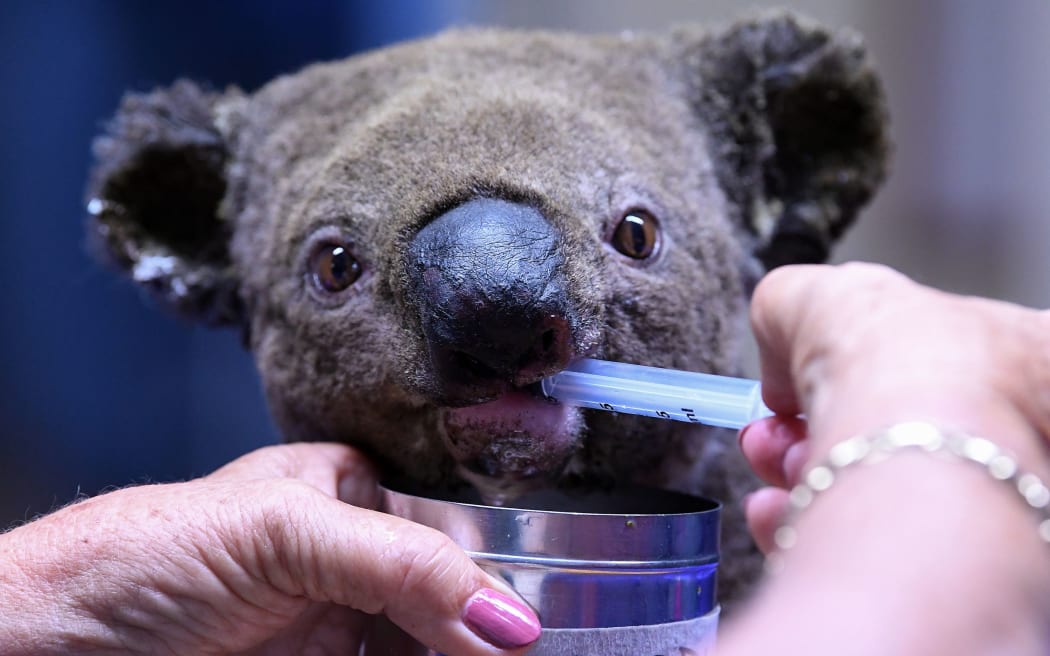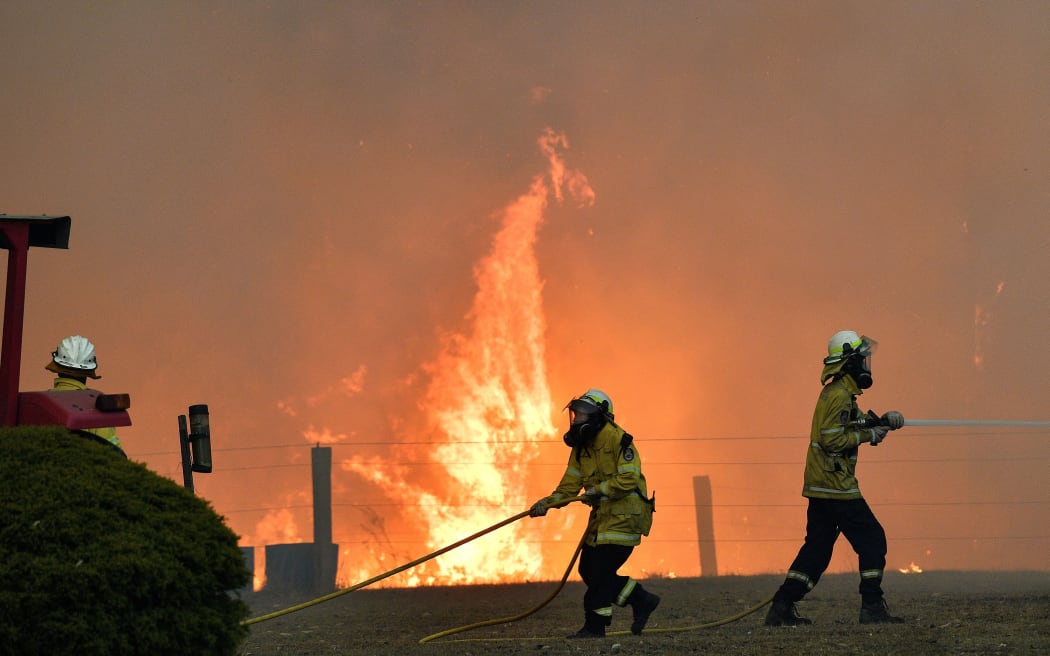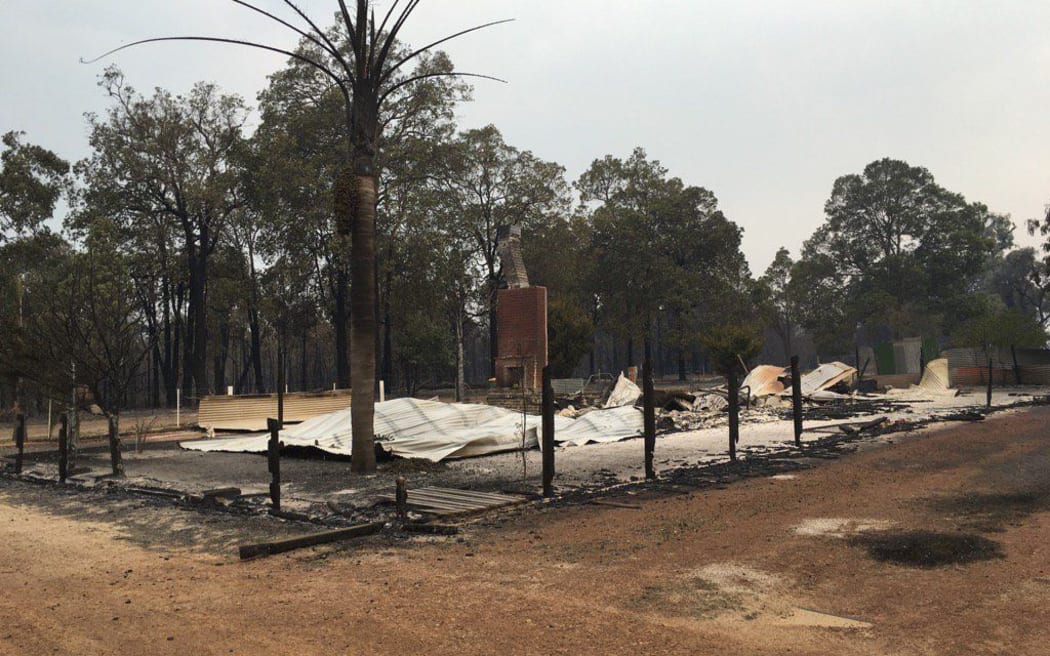The recent disastrous fire season in Australia has made people more receptive to drawing on Aboriginal knowledge, including lighting fires, as part of a more holistic approach to the landscape, an author says.

Photo: AFP
Last year's Australian fire season was the worst on record, with 34 deaths, more than 3500 homes lost and billions of animals harmed.
It also wasn't a surprise to Victor Steffensen, a specialist in indigenous fire management. He correctly saw the amount of vegetation on the land combined with the drying effects of climate change as a bomb waiting to go off.
Steffensen believes the practice of cultural burning should be utilised more widely to reduce the threat of more catastrophic bushfires.
The idea that fire can be used to prevent fire is challenging - but is based on generations of indigenous knowledge of "reading" and responding to land.
He has written a memoir called Fire Country - How Indigenous Fire Management Could Help Save Australia.
He told Saturday Morning that the knowledge is thousands of years old and he's been fortunate that elders have transferred it on to him.
In Australia, he said, there are a lot of eco-systems that need fire which encourages animals to return and to have sufficient food.

An injured koala receives treatment at the Port Macquarie Koala Hospital in Port Macquarie after a bushfire. Photo: AFP
There was still a place for modern ways but it needed to draw on the knowledge of elders.
Steffensen said governments and communities had been more receptive to Indigenous ideas since the last fire season, "but we've still got a long way to go".
"Even today we struggle to be heard and to be sitting at the round table and making decisions and being part of mainstream decisions. It's only evident that Aboriginal knowledge is the leader and professional when it comes to environment in our own country. We've been living here for thousands of years...
"(We've) lived with fire in a way that it's not a fear of fire but farming and looking after the country. It's like permaculture, very selective and very careful burning in certain systems and burning for food."
There had been critics over the years, who said it wasn't relevant because it wasn't based on science or it could not be transferred to different regions of Australia - both those claims had been disproved, he said.
Other opponents said it was too expensive to use Aboriginal systems despite the billions of dollars of damage that had been caused around Australia in recent times.
"The health of our environment is priceless. You can't compare that with the dollar sign... it's just ridiculous."
Locking up land into conservation estates has contributed to the fire damage in Australia, he said. "Conservation excluded fire from the landscape and as a consequence the land that always had fire and always had people in the land, a part of that land, stopped and it was left to be neglected ...at the end of the day it overgrows with weeds and it gets wildfires and it slowly starts to destroy the land..."
Complex knowledge of land required
He said last summer's fires had awoken many to the need to tap into Indigenous knowledge and do things differently. The fire agencies were also starting to listen but it wasn't part of their training and they would need to learn some complex knowledge around soils, trees, weeds and cleared land. Trees were especially crucial in understanding the land, he said.

Firefighters would need a new approach to training, Victor Steffensen says. Photo: AFP
Steffensen has run workshops in communities all over Australia introducing them to Indigenous teaching methods.
People are trained to read their landscape and helped with planning to light fires.
"Everyone needs to go on the land to learn - you can't learn it sitting inside a meeting room or looking at maps....The country is living, the country is the boss..."
He has advised some communities that were scared of the flammability of the areas in which they lived.
"That's where they need to allow us to come in and show them."

Damage from the latest bushfires to ravage Western Australia Photo: Twitter / Murray Cowper
His aim is to have 1000 fire practitioners who are skilled in understanding the landscape and can heal it both with and without fire.
He said Indigenous people around the world had a similar knowledge structure, approach and connection to the land which underpinned their identity.
Listening to Indigenous elders worldwide sounded like listening to your own elders.
Problems with youth, environment and governments were also similar among Indigenous communities.

